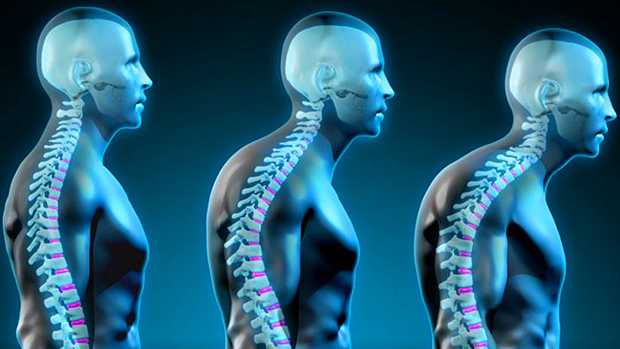Overcome Neck Pain: Identifying Forward Head Posture
Overcome Neck Pain: Are you battling persistent neck pain? It might stem from forward head posture, a prevalent issue in our tech-centric world.
This condition, often dubbed ‘tech neck’ or ‘text neck,’ extends beyond your neck to affect your shoulders and upper back.
Fear not, as we unveil strategies and exercises to correct this posture and restore a pain-free state.
Causes Behind Forward Head Posture
- Prolonged technology use: Spending long hours looking at a computer or phone screen can result in forward head posture.
- Poor posture: Sitting or standing with poor posture, such as slouching or hunching over, can contribute to FHP.
- Weak neck and upper back muscles: Weak neck and upper back muscles can lead to FHP as the head extends forward to compensate for the lack of support.
- Carrying heavy bags: Carrying heavy bags or backpacks can put strain on the neck and shoulders, leading to FHP.
- Chronic stress: Chronic stress can cause tension in the neck and shoulders, leading to forward head posture.
- Muscular imbalances: Muscular imbalances, such as tight chest muscles and weak neck and upper back muscles, can contribute to FHP.
- Aging: As people age, their posture may naturally worsen, which can contribute to FHP.

Forward head posture (FHP) refers to a common problem where the head extends forward relative to the neck, resulting in increased strain on the neck and shoulder muscles.
A Path to Correction
Strengthen Neck Muscles
Exercises like chin tucks and neck rotations fortify neck muscles, pivotal in correcting forward head posture.
Enhance Posture
Adopt a neutral spine and minimize prolonged sitting to ameliorate posture issues.
Stretch Chest Muscles
Doorway and standing chest stretches loosen tight pectorals, aiding posture correction.
Ergonomics Matter
Adjust your workspace for optimal ergonomics to lessen neck and shoulder strain.
Reduce Stress
Engage in stress-relieving activities to alleviate muscle tension contributing to poor posture.
Guidance from a Personal Trainer
A personal trainer can pinpoint muscle imbalances and postural misalignments causing your neck pain.
Tailored workouts and stretches can strengthen and loosen key muscles. With professional advice, you’ll navigate exercises safely, moving towards improved posture and neck pain relief.
It’s important to identify the underlying cause of FHP in order to address it effectively. It’s also important to consult with a healthcare professional before starting any new exercise program.

Here’s How You Can Correct Forward Head Posture and Overcome Neck Pain
- Strengthen the neck muscles: Strengthening the neck muscles, such as the upper trapezius, levator scapulae, and deep neck flexors, can help to correct FHP. Exercises like chin tucks, neck rotations, and neck bridges can be helpful.
- Improve posture: Improving your overall posture, such as maintaining a neutral spine, keeping your shoulders back, and avoiding prolonged sitting or standing, can also help correct FHP.
- Stretch the chest muscles: Stretching the chest muscles, such as the pectoralis minor and major, can help reduce the tightness in the chest that contributes to FHP. Stretches like doorway chest stretch and the standing chest stretch can be helpful.
- Use ergonomic devices: Using ergonomic devices, such as a computer monitor that is at eye level and a chair that provides proper lumbar support, can help reduce the strain on the neck and shoulders that contributes to FHP.
- Reduce stress: Stress can also contribute to FHP, so finding ways to reduce stress through activities such as exercise, meditation, or deep breathing can help to correct FHP.
In your journey to correct forward head posture, a personal trainer like myself can be an invaluable ally.
With my expertise in anatomy, movement patterns, and exercise programming, I can help identify specific muscle imbalances and postural misalignments contributing to forward head posture.
Through tailored workouts and stretches, I can guide you in strengthening weak neck and upper back muscles while improving the flexibility of tight chest and neck muscles.
Additionally, I can provide personalized guidance on maintaining proper form and posture during exercises to ensure you are making progress safely and effectively.
With the support of a skilled personal trainer, you can confidently take charge of your forward head posture, making strides toward a pain-free and improved posture that will positively impact your overall well-being.
Remember, investing in your health and seeking professional guidance can be the transformative key to breaking free from forward head posture and embracing a more confident and healthier you.
Conclusion
With “Overcome Neck Pain” as your goal, embracing expert advice and targeted exercises will lead you to a healthier posture. Remember, professional guidance is a transformative step towards a confident and healthier you.



